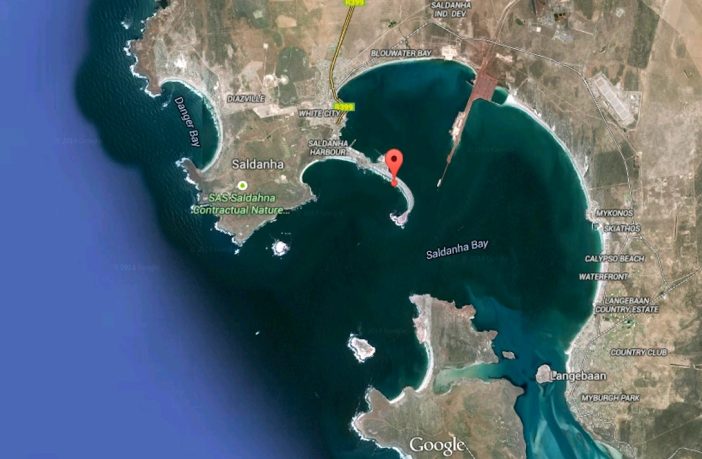- Sasol and ArcelorMittal South Africa have announced a partnership to develop carbon capture technology to produce sustainable fuels and chemicals, and green steel production through green hydrogen and derivatives.
- Together, Sasol and ArcelorMittal are the country’s biggest air polluters after Eskom. Read more
Under a joint development agreement (JDA), they will advance studies into two potential projects: the Saldanha green hydrogen and derivatives study which will explore the region’s potential as an export hub for green hydrogen and derivatives, as well as green steel production; and the Vaal carbon capture and utilisation (CCU) study to use renewable electricity and green hydrogen to convert captured carbon from ArcelorMittal South Africa’s Vanderbijlpark’s steel plant into sustainable fuels and chemicals.
In addition, Sasol signed a Memorandum of Understanding (MOU) with Freeport Saldanha Industrial Development Zone to develop a globally competitive green hydrogen hub and ecosystem within Saldanha Bay.
“We are very excited to be leading the pre-feasibility and feasibility studies on these two potential projects that hold promise to unlock South Africa’s potential to be a global green hydrogen and derivatives player. These studies are anchored by the local need for green hydrogen and sustainable products, cementing Sasol as the leading contributor to the development of southern Africa’s green hydrogen economy,” said Priscillah Mabelane, Executive Vice President for Sasol’s Energy Business.
Sasol and ArcelorMittal South Africa are two of South Africa’s biggest industrial operators that both have an ambition to achieve net zero carbon emissions by 2050, as well as reach their respective sustainability ambitions and decarbonisation roadmaps. This places Sasol as a leading contributor to the development of Southern Africa’s green hydrogen economy with the opportunity to incubate local and export opportunities for green hydrogen and green hydrogen derivatives. Both initiatives have the potential for ArcelorMittal South Africa to be the first African green flat steel producer using green hydrogen to produce direct reduced iron (DRI) via the Midrex facility at its Saldanha Works (which is presently under care and maintenance), while also reducing the carbon footprint of its flagship Vanderbijlpark Works.
The Vaal Triangle in South Africa has been home to fossil fuel-based industrial operations that have been crucial to the country’s economic development, supporting many livelihoods through job creation and contribution to the country’s GDP. Many of the assets in these operations can pivot to sustainable operations.
The Vaal CCU study will explore using up to 1.5 million tonnes a year of unavoidable industrial CO2 captured from the ArcelorMittal South Africa’s Vanderbijlpark Works. The CO2 is envisaged to be transported to the Sasolburg and Ekandustria operating facilities in Sasolburg and, together with green hydrogen, will eventually replace natural gas as a feedstock to produce sustainable chemicals products.
The two potential projects will drive the re-industrialisation of both the Saldanha and the Vaal regions, seeding the opportunity for the development of a green hydrogen ecosystem, thereby enabling long-term, sustainable benefits for communities and the country. They are expected to provide a significant number of jobs, infrastructure investment and skills development in the country, thus enabling a Just Transition.
The partnership positions South Africa and the region to play a significant role in the global green hydrogen economy in that it leverages key structural advantages, such as renewable resources, mineral endowments, technical skills and anchors local demand.
Author: Bryan Groenendaal















